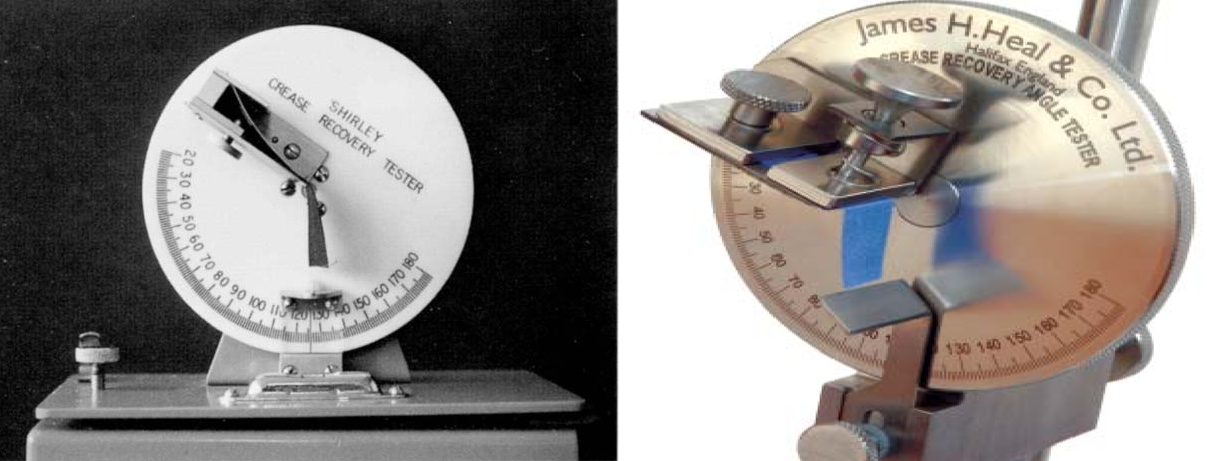Poisson’s ratio?
When a sample of material is stretched in one direction it tends to get thinner in the lateral direction – and if a sample is compressed in one direction it tends to get thicker in the lateral direction. Poisson’s ratio is defined as the ratio of the change in the width per unit width of a material, to the change in its length per unit length, as a result of strain.
Or Poisson ratio is the ratio of transverse contraction (or expansion) strain to longitudinal extension strain in the direction of the stretching force. Or The ratio of the relative contraction strain (transverse, lateral or radial strain) normal to the applied load – to the relative extension strain (or axial strain) in the direction of the applied load.
Poisson’s Ratio can be expressed as:
μ = – εt / εl ………………………. (1)
Where,
μ = Poisson’s ratio
εt = transverse strain (m/m, ft/ft)
εl = longitudinal or axial strain (m/m, ft/ft)
** Strain is defined as “deformation of a solid due to stress”.
*** Longitudinal (or axial) strain can be expressed as:
εl = dl / L ……………………….. (2)
Where,
εl = longitudinal or axial strain (dimensionless – or m/m, ft/ft)
dl = change in length (m, ft)
L = initial length (m, ft)
*** Contraction (or transverse, lateral or radial) strain can be expressed as:
εt = dr / r ……………………. (3)
Where,
εt = transverse, lateral or radial strain (dimensionless – or m/m, ft/ft)
dr = change in radius (m, ft)
r = initial radius (m, ft)
Texpedi.com
Check out these related articles:








